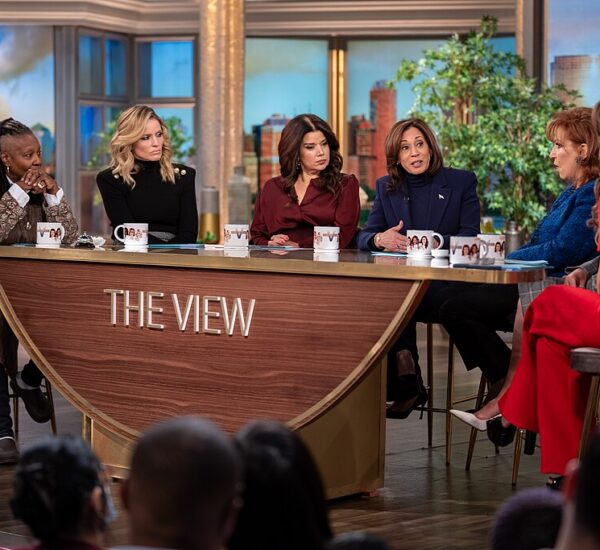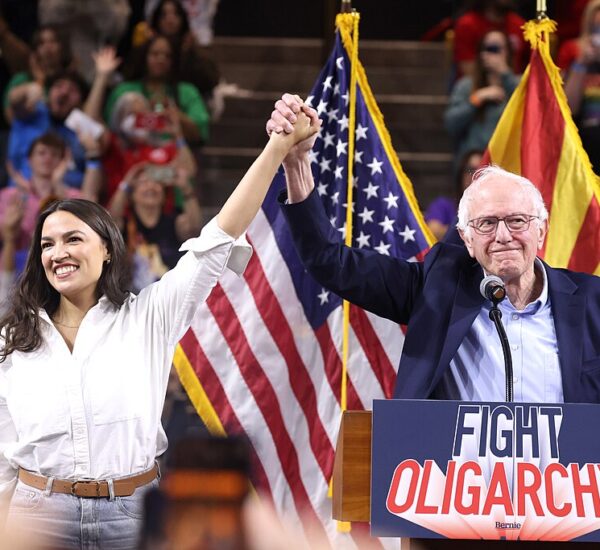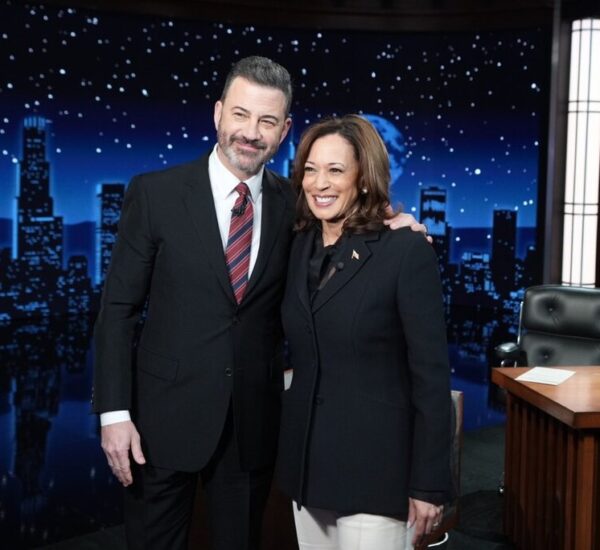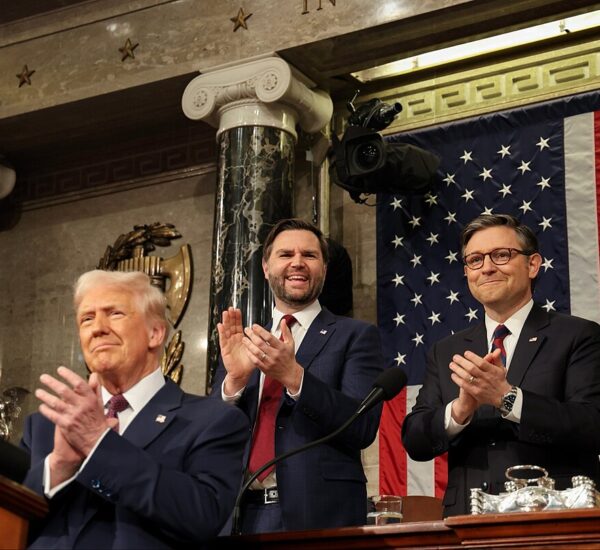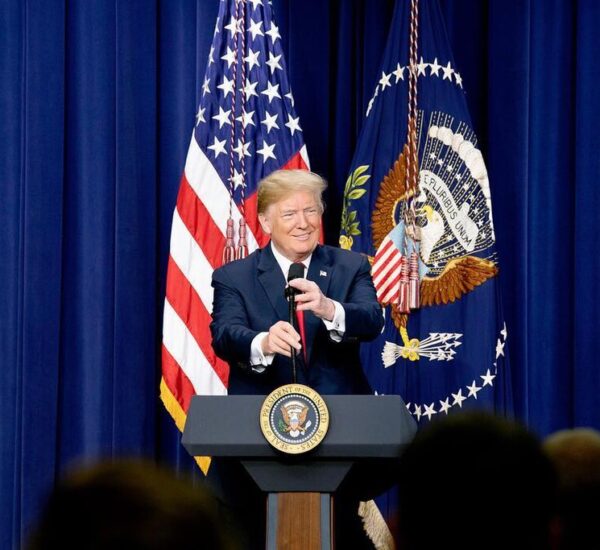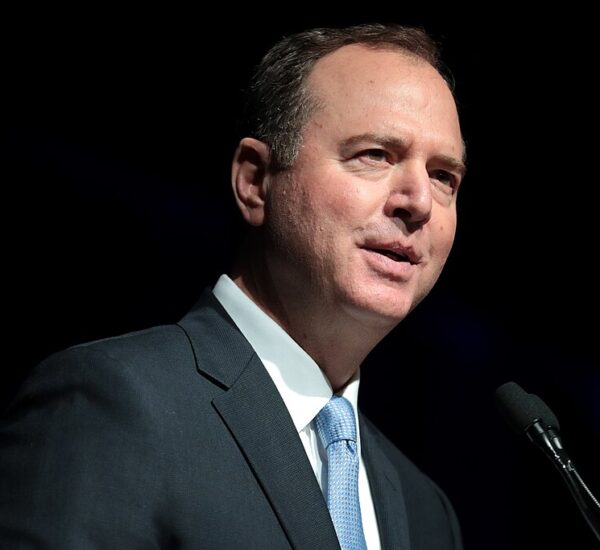President Donald J. Trump says he’s ending America’s affordability crisis once and for all.
In a fiery post that read “STOP LYIN”, the President declared victory over inflation.
But millions of Americans still feel the pinch every time they visit the grocery store or fill up their gas tanks.
Prices Still Squeezing the Middle Class
New data reveal the truth: Target’s prices are up 5.5%, Walmart’s 5.3%, and Amazon’s over 12% this year, according to DataWeave’s nationwide study of 16,000 items.
After seven months of Trump’s America-First tariffs, prices have risen for everything from coffee and beef to furniture and electronics.
The good news? Overall inflation is down sharply to 3.1%—a far cry from the double-digit disaster under Joe Biden. Yet groceries, especially meat, are still costly. Bananas jumped 8.6% due to import tariffs. Beef rose 19% for steak and 14% for ground beef. Ranchers cite droughts and herd shortages—problems Trump vows to fix by expanding U.S.-friendly imports from Argentina.
White House: Trump Is Winning the Inflation Fight
“Putting Joe Biden’s inflation crisis behind us was President Trump’s Day-One priority,” said White House spokesman Kush Desai.
“Americans are paying less for gas, eggs, and prescription drugs. We’re delivering historic healthcare savings for working families,” he added.
Desai promised even greater relief ahead: “The best is yet to come as tax cuts and deregulation continue to rebuild the American Dream.”
Tariffs, Trade Wars, and Tough Choices
Trump’s expanded tariffs on China, Vietnam, and Europe—covering electronics, aluminum, and autos—were meant to bring jobs back home. But Goldman Sachs economists warn that as companies stop absorbing those costs, consumers may pay more through the end of the year.
Across Amazon, Target, and Walmart, apparel prices rose 11.5% since January. Home goods are up 10.8%, beauty items 7%, appliances 8.3%. Some analysts say corporations are following the old rule: “Never waste a good crisis.”
Amazon disputes that claim, saying its prices remain competitive. Target points to steady back-to-school prices, and Walmart notes it has cut prices on 2,000 items since February.
The Tariff Ripple Effect
In October, Trump slapped new tariffs on furniture, heavy trucks, and pharmaceuticals—a move meant to boost domestic manufacturing. But furniture giant IKEA quickly raised its three-piece oak set to $1,049, up $100.
Federal data show furniture prices up 9.5% over the past year, much of it imported. Even luxury furniture makers report higher costs due to foreign textiles and materials.
Electronics and toys are also more expensive. Sony blamed tariffs when it raised the PlayStation 5 price by $50, saying new trade rules cost the company $685 million annually.
Fast Fashion, Coffee, and Everyday Costs
After Trump closed a tariff loophole, global fashion brands hiked U.S. prices. A Mango jacket that sells for €299 ($347) in Spain now costs $649 in America.
Meanwhile, coffee prices are up 41% from last year, driven by droughts and tariffs on beans from Brazil and Vietnam. Family-run roaster Klatch Coffee says costs rose $1.50 a bag—forcing two price hikes this year.
The Big Picture
President Trump promised to rebuild the U.S. economy on American strength, not global dependence. Inflation has cooled, wages are rising, and manufacturing is returning home.
But for many middle-class families, grocery bills and home costs remain high, creating the next big test of Trump’s leadership heading into 2026.
Still, the White House remains confident: “President Trump’s bold agenda is working,” Desai said. “We’re restoring prosperity and independence for every American family.”

